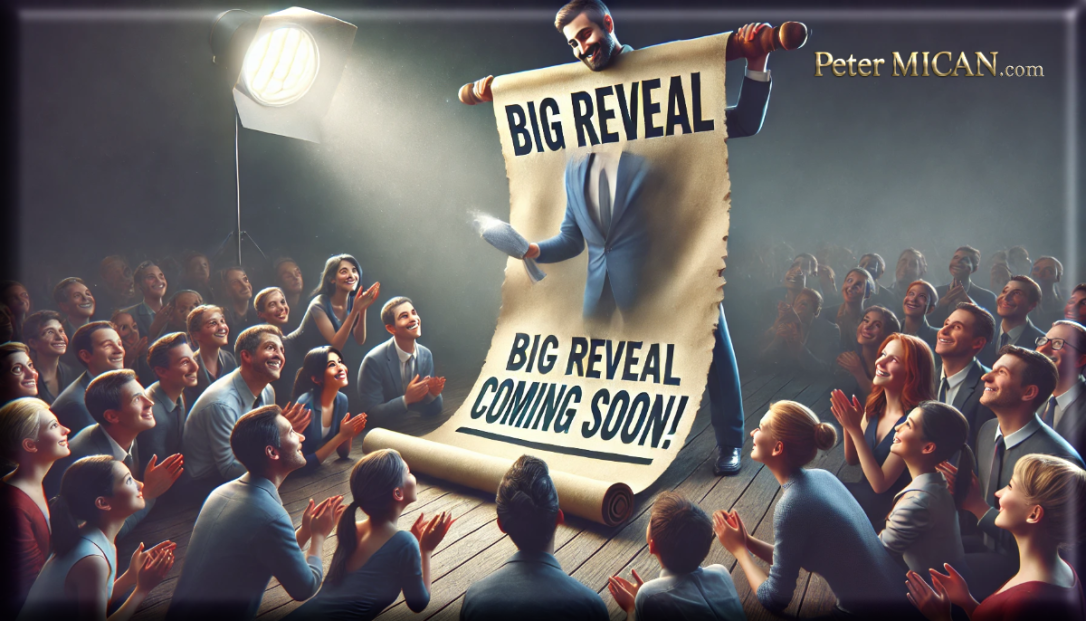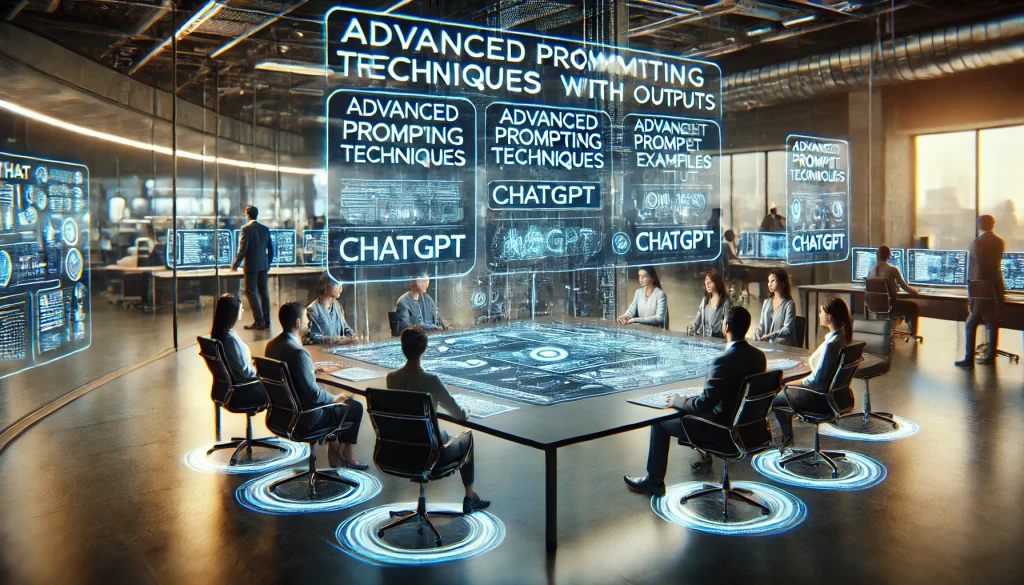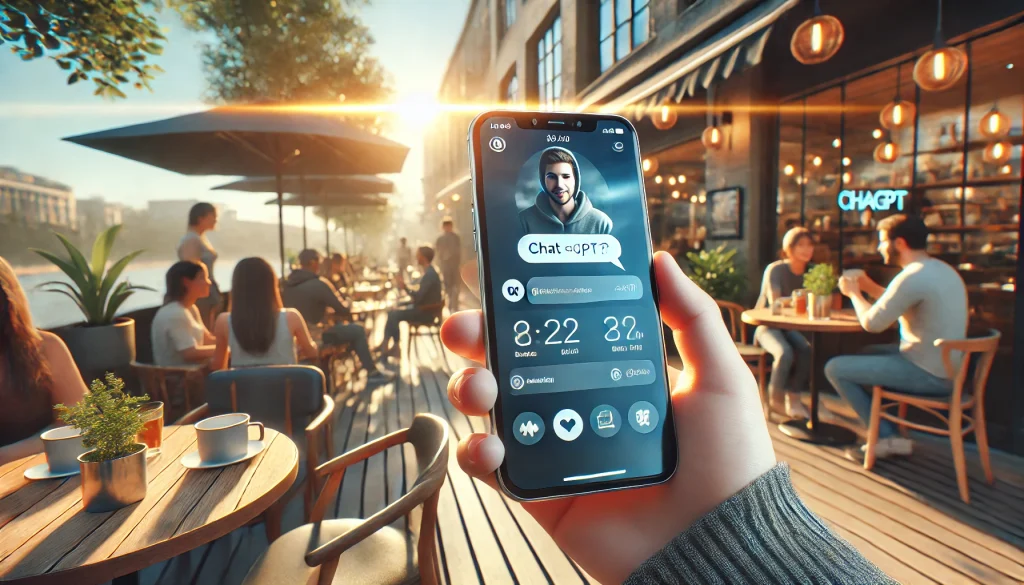Creating a buzz around your content, product, or event can feel like a tightrope walk. You want to get your audience excited, but if you go too far and overpromise, you risk disappointing them. The secret to success? Building anticipation without setting unrealistic expectations.
This strategy isn’t just for Hollywood movie trailers or tech product launches. Whether you’re a marketer, entrepreneur, or content creator, knowing how to create a sense of anticipation can transform your brand’s engagement. Let’s explore how to build anticipation the right way so you can keep your audience eagerly coming back for more, without falling into the trap of overpromising.
Why Building Anticipation Matters
Anticipation isn’t just a fun trick—it’s a powerful tool that plays on the natural curiosity and excitement of your audience. When done right, it can help you:
- Boost Engagement: The more excited your audience is, the more likely they are to engage with your posts, share your content, and spread the word.
- Create Buzz: Anticipation leads to conversations, discussions, and speculations, which is great for brand awareness.
- Drive Traffic: By hinting at what’s coming, you drive more people to your website or social media channels, eager to find out more.
But here’s the catch: if you overpromise and fail to deliver, all that hype can quickly turn into disappointment.
Step 1: Know What You Can Deliver
Before you start building anticipation, take a reality check. Make sure you can actually deliver on whatever you’re promising. It’s easy to get caught up in the excitement, but setting realistic expectations is crucial to maintaining your credibility.
- Underpromise and Overdeliver: This golden rule applies to everything you do. It’s better to exceed expectations than to fall short. Start small with your claims and surprise your audience with the results.
- Be Honest About Limitations: If there are things you can’t do or are still working on, be upfront about it. Your audience will appreciate your honesty and transparency.
Step 2: Use Teasers to Your Advantage
A teaser is a sneak peek that builds excitement without giving away the whole story. It’s like the cliffhanger of a TV show—just enough to make people desperate to know what happens next.
- Keep It Mysterious: The best teasers create a sense of curiosity. Drop hints, show snippets, or ask questions that make your audience think about what’s coming.
- Use Visuals: Visual content is a powerful tool to create buzz. A single image or a short video clip can be enough to get people talking about what’s coming next.
- Leverage Social Media Stories: Platforms like Instagram, Facebook, and LinkedIn offer stories where you can share countdowns, sneak peeks, and behind-the-scenes content to generate hype.
Step 3: Create a Countdown
Countdowns are like a ticking clock in a suspense movie—they create urgency and excitement. When people see a countdown, they know something big is on the way, and they don’t want to miss it.
- Announce the Launch Date: Let your audience know when to expect the big reveal. This gives them a specific date to look forward to, creating anticipation and buzz.
- Add Progress Updates: Throughout the countdown, share small updates to keep the excitement alive. This keeps your audience engaged and maintains momentum until the big day.
Step 4: Share User-Generated Content and Testimonials
One of the best ways to build anticipation is by showing how excited other people are. Sharing user-generated content and testimonials creates social proof, making your audience even more eager to see what’s next.
- Highlight Community Involvement: Share posts, comments, or stories from your followers who are talking about your upcoming event, product, or content.
- Create a Sense of FOMO (Fear of Missing Out): Show how others are already looking forward to what’s coming. This psychological trick makes people want to join in on the excitement.
Step 5: Keep the Mystery Alive
While it’s tempting to reveal every detail to get people excited, the magic is in the mystery. Leave some things unsaid, and let your audience fill in the blanks with their imagination.
- Leave Clues and Hints: Drop subtle hints that lead your audience to guess what’s coming without giving away too much. This keeps them engaged and guessing.
- Use Ambiguity in Your Language: Words like “big news,” “exciting update,” or “something special” can create a sense of anticipation without making specific promises.
Step 6: Set Clear Expectations
Setting clear expectations is crucial to avoid the pitfalls of overpromising. If you’re too vague, you might accidentally set the bar too high.
- Manage Expectations: Be clear about what your audience can expect without giving away all the details. This way, you’re setting up a realistic standard for what’s to come.
- Communicate Your Intentions: Let your audience know if the upcoming reveal is just a small update or a major announcement. This helps prevent disappointment and keeps their excitement in check.
Common Mistakes to Avoid When Building Anticipation
While building anticipation is a powerful strategy, there are some common mistakes that can backfire if you’re not careful:
- Overhyping: Avoid creating so much hype that nothing could possibly live up to it. This leads to disappointment and a loss of credibility.
- Revealing Too Much: If you give away all the details too soon, you lose the element of surprise. Keep some things a secret until the big reveal.
- Lack of Follow-Through: If you build up the excitement but fail to deliver, your audience will feel let down. Always make sure you can follow through on your promises.
Final Thoughts: Keep Them Coming Back for More
Building anticipation without overpromising is all about creating excitement while staying grounded in reality. It’s a delicate balance between giving your audience enough to look forward to and managing their expectations so they’re not disappointed.
Remember, the goal is to keep them intrigued, engaged, and eagerly waiting for what’s next. So go ahead and tease your upcoming content, product, or event—just make sure you can deliver the goods when the time comes!







